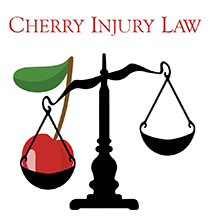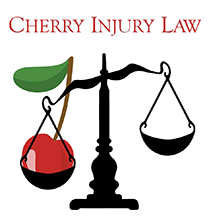Last time we wrote about how overlooking signs of heat illness can lead to the risk of workplace injury and accident during this historically hot summer. We left off with describing the signs and symptoms of heat stroke – the most dangerous form of heat illness – and what actions to take if it strikes. During this post we will finish up our discussion of other heat illnesses.
Heat exhaustion is the second most serious form of heat illness and it’s caused by the body’s response to the loss of water and salt from heavy sweating. The signs of heat exhaustion include nausea, headache, dizziness, weakness, irritability, heavy sweating and thirst. If you believe a co-worker is suffering from heat exhaustion have him or her sit or lie down in a cool, shady area. The worker should also be given water and should not return to work the same day. If signs or symptoms do not improve within 60 minutes, the worker should be taken to a clinic or emergency room.
Another form of heat illness is heat cramps. Heat cramps are also caused by the loss of body salts and fluid because of sweating, and low levels of salt in muscles cause muscle cramps. Heat cramps can occur during or after work hours. The signs of heat cramps include pain and muscle spasms usually in the legs, arms or abdomen. A worker suffering from heat cramps should also rest in a cool place and take in water or other cool drinks.
Heat rash is the final form of heat illness. Heat rash is the most common form of heat illness in hot work environments. It is irritation to the skin that occurs when sweat does not evaporate from the skin. Symptoms of heat rash are clusters of red bumps on the skin that appear on the neck, upper chest and folds of the skin. Workers who have heat rash should try to keep the affected areas dry and try to work in a cooler and less humid environment.
Source: OSHA, “Water. Rest. Shade.” August 7, 2012








 Cherry Injury Law RSS Feed
Cherry Injury Law RSS Feed



